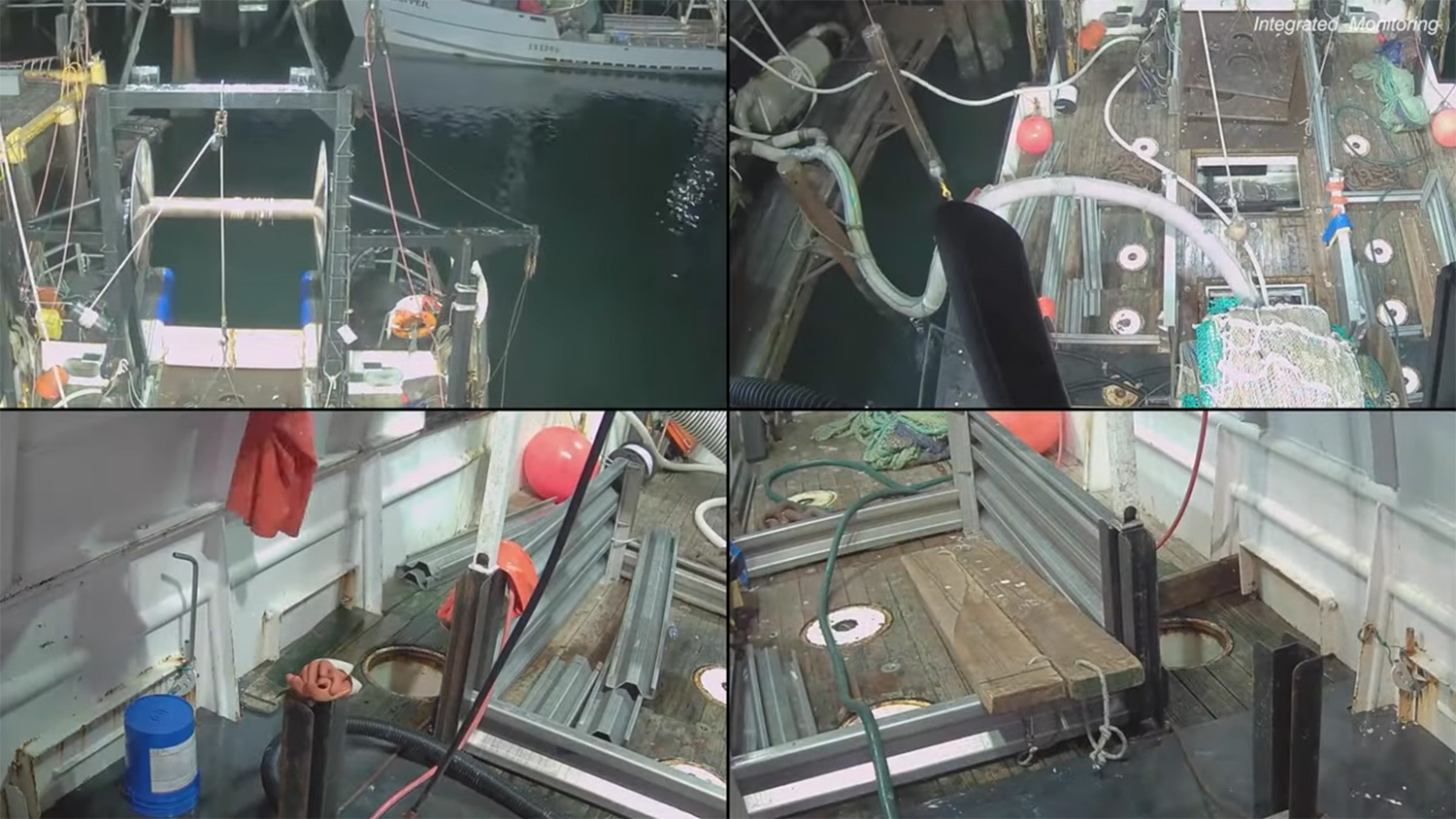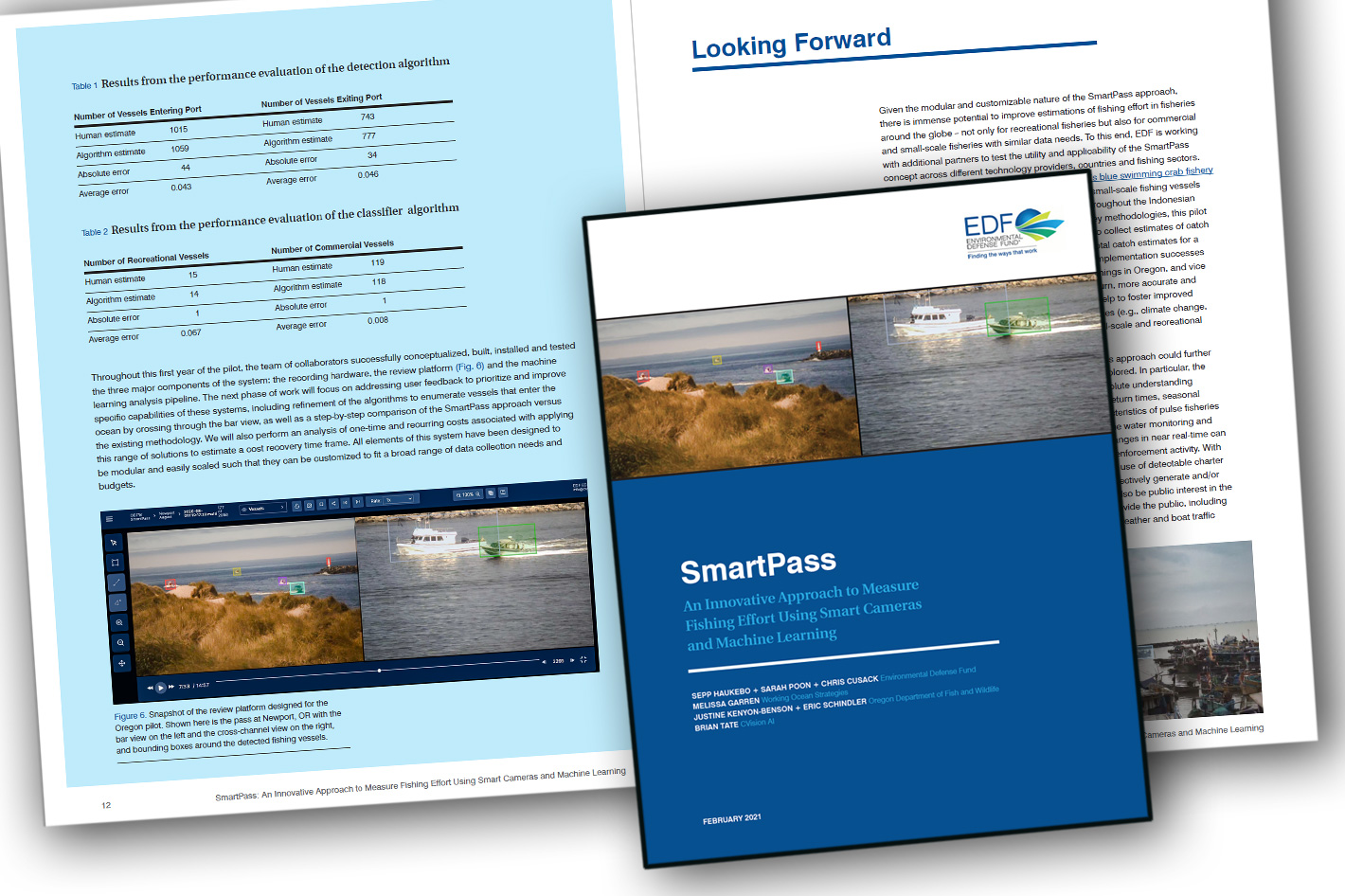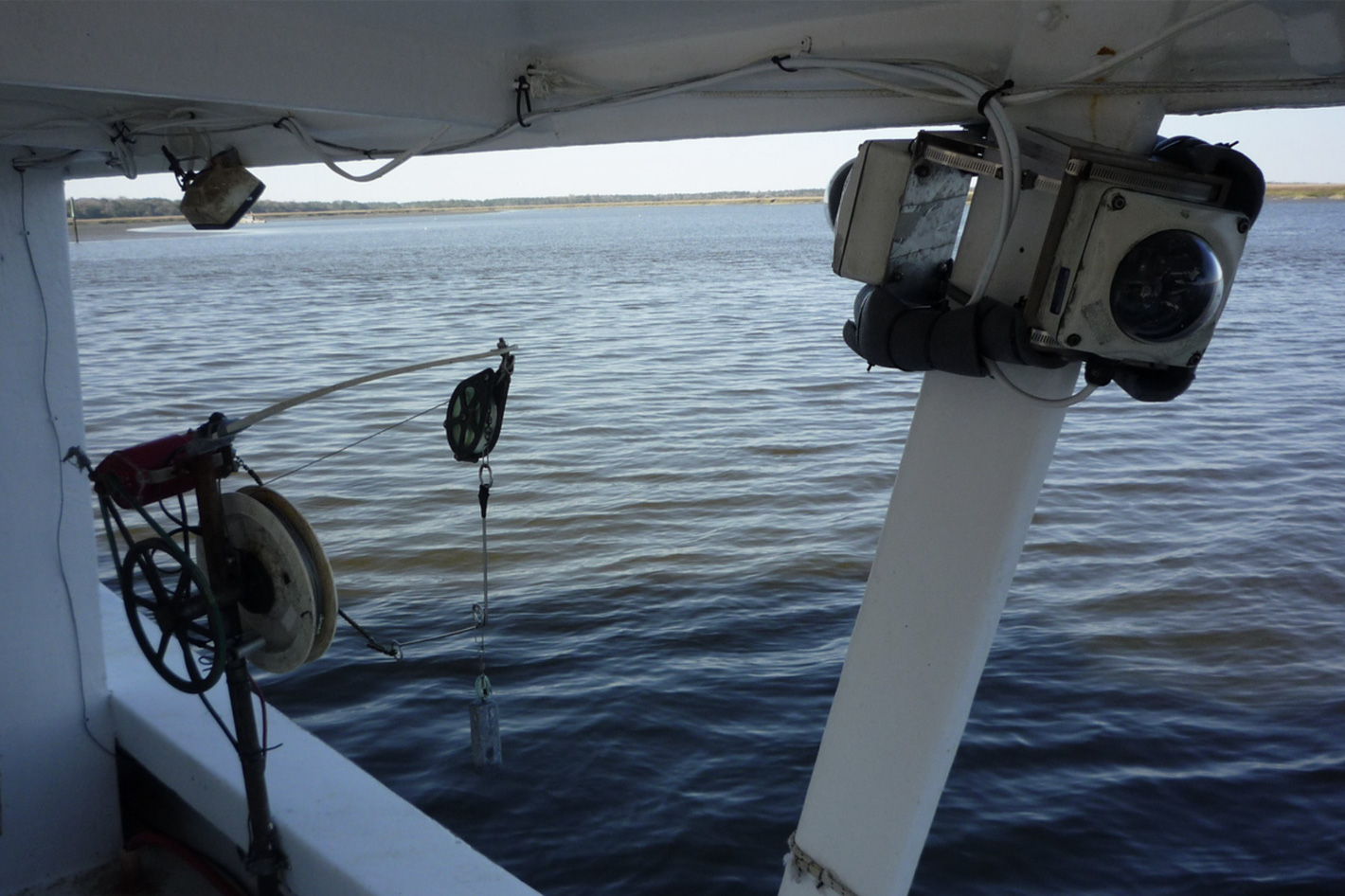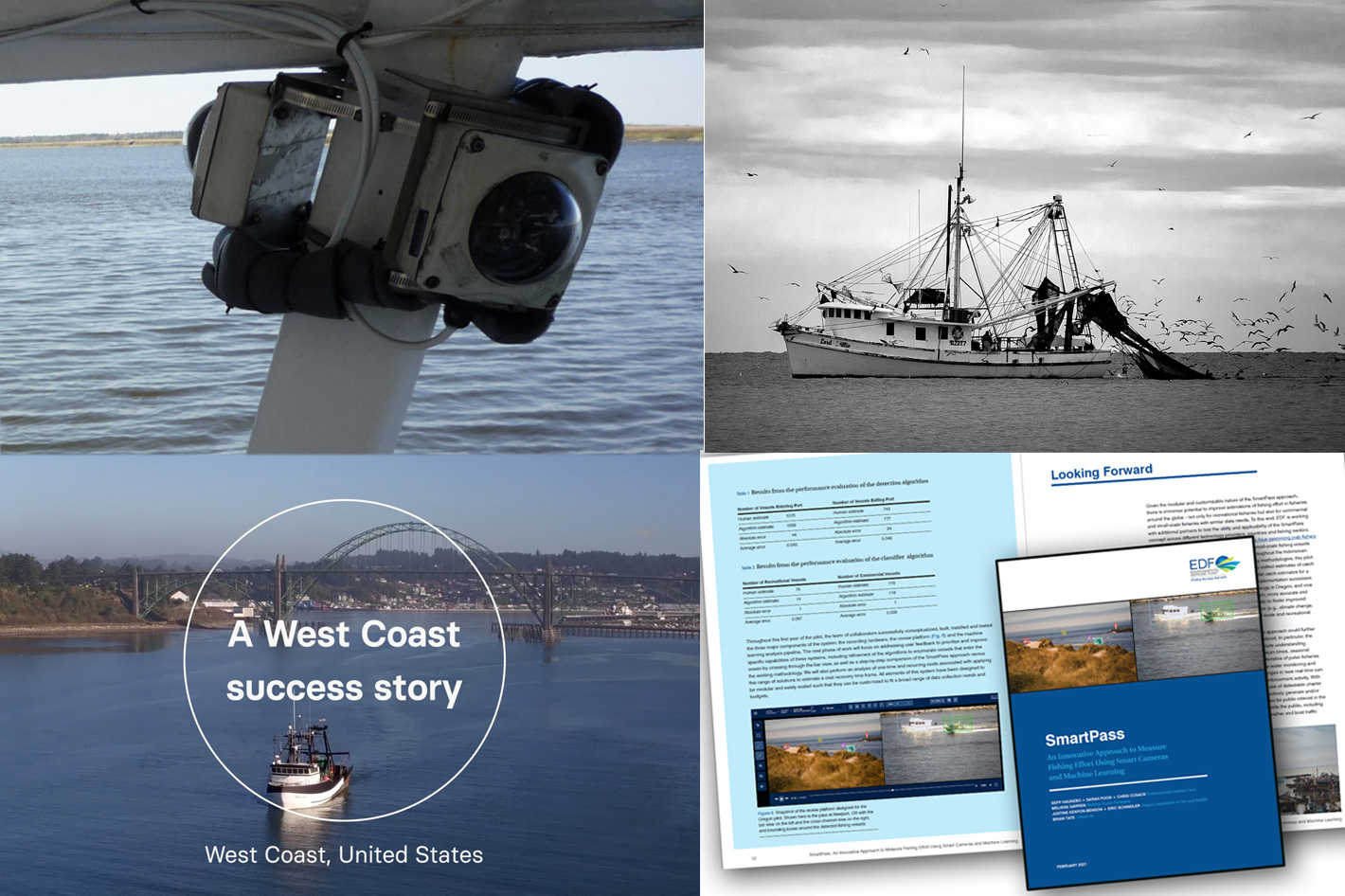The new documentary “Fishing Smarter”, from the Environmental Defense Fund, reveals how digital technology solutions can revolutionize fisheries to improve sustainability and profitability.
Released last October, the new film, “Fishing Smarter”, from Environmental Defense Fund, is a 20-minute documentary that reveals how, from the United States to Indonesia, fishermen are adopting innovative solutions to help revolutionize fisheries to improve sustainability, profitability and community resilience. “Fishing Smarter: How new technology can help our oceans thrive” was presented at the 2021 Florida Environmental Film Festival and the Wildlife Conservation Film Festival.
Today billions of people around the world depend on the oceans as a source of food and a major source of protein and 260 million people depend on marine fisheries for their livelihoods, yet, says the Environmental Defense Fund “many wild-capture fisheries are under increasing pressure from overfishing, pollution and climate change” adding that “however, there are promising digital technology solutions that can revolutionize fisheries to improve sustainability, profitability and community resilience.”
National Fisherman published, last May, a note about a new book, The Blue Revolution - Hunting, Harvesting, and Farming Seafood in the Information Age, written by Nicholas P. Sullivan, which tell the story of a long and worrisome problem for the world’s oceans, with few answers: overfishing. The author notes that “There is hope, though”, adding that “as older fishing fleets retire and new technologies develop, a better, more sustainable way to farm this popular protein has emerged to profoundly shift the balance.”
 Electronic monitoring and privacy
Electronic monitoring and privacy
The documentary “Fishing Smarter: How new technology can help our oceans thrive” reveals, through the experience of fishermen around the world, how new tech, from Artificial Intelligence to the Internet can help the oceans. The 20-minute short film follows the people on the front lines using technology and data to make ocean ecosystems and fisheries more resilient.
Watch as small-scale fishers, fishery managers and other stakeholders explore the ways new and emerging technologies strengthen the health, sustainability and profitability of their local catches and ecosystems. From blue swimming crab in Indonesia to curvina in Mexico’s Gulf of California, innovative uses of technology in fisheries are making a real-world difference. The documentary also shows how fishermen in the United States are adopting new technologies, like electronic monitoring, onboard their vessels, and reflects on some of the privacy challenges they may create and and what’s being made to solve them.
The documentary also shows how technologies like SmartPass are being created to solve the world’s fisheries challenges — or improve already sustainable fisheries — through use of modern tech and the collection of accurate, timely data. Developed over the last three years by experts at EDF and its partners — Oregon Department of Fish and Wildlife, CVision AI, Teem Fish Monitoring and Snap IT — SmartPass is an innovative fishery monitoring approach which leverages shore-based cameras and machine learning to provide fishery managers with near real-time estimates of marine recreational fishing effort.
 SmartPass technology used in Oregon
SmartPass technology used in Oregon
SmartPass can be used to count, in near real-time and year-round, during all daylight hours (without obscuration from heavy fog or other weather), the number of recreational fishing vessels leaving a port or coastal pass. Thus, digital cameras paired with machine learning offer an opportunity to expand the scope of shore-based effort monitoring, both spatially and temporally. Although SmartPass is designed with recreational fisheries in mind, it’s important to understand that recreational harvest of many species matches or exceeds commercial harvest, making it important for fishery management agencies to have reliable data, for sustainable management of recreational fisheries.
The team behind the SmartPass project note that “given the modular and customizable nature of the SmartPass approach, there is immense potential to improve estimations of fishing effort in fisheries around the globe – not only for recreational fisheries but also for commercial and small-scale fisheries with similar data needs.” For more information about SmartPass, download the 17-page document “SmartPass An Innovative Approach to Measure Fishing Effort Using Smart Cameras and Machine Learning”.
 NOAA Fisheries and electronic monitoring
NOAA Fisheries and electronic monitoring
The use of video monitoring of fishing boats is not exactly a new idea, but its implementation is a challenge due to the design of the boats and the location where fish are brought on board, as well as the rules that govern the fishery. Despite all this, over the past several years, scientists, managers, and fishermen have been working together to design a functional system that works for the longline fleet. NOAA Fisheries has worked with fishermen in different fisheries to support over 30 electronic monitoring pilot projects over the past decade plus.
During the summer of 2015 an important milestone was reached, as every boat in the U.S. Atlantic longline fleet was equipped with a video monitoring system. Almost one year later, in February, scientists and fishermen working together to design electronic monitoring systems, agreed on one thing: although the system is going to be a key part of fishing ships in the future, there’s no one-size-fits-all solution.
One thing is true: these new technologies hold promise in making data collection more timely, accurate, and cost-efficient. To learn more about how NOAA Fisheries is investing in technology fishermen use to track their catch follow the link to the page under the title Electronic Monitoring Explained.







